There were three cases attended to this month; two in Tsavo East and one in Amboseli national parks
There were three cases attended to this month; two in Tsavo East and one in Amboseli national parks.
The first case in Tsavo East was at Aruba area and was of an elephant bull with a bullet wound at the right carpal joint. The bullet had not exited and could still be lodged in the body. It is not practically possible under field conditions to operate and remove it. The wound was deep (≥ ½ foot) and heavily infected. The puss was cleaned out as much as was possible with water and hydrogen peroxide after which it was infused with a topical antibiotic. A high dose of a systemic antibiotic was also administered. The prognosis is guarded and depends on whether the bone is affected or not, something we could not establish in this particular case.
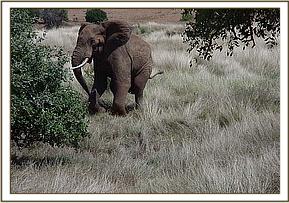

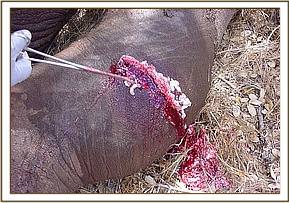
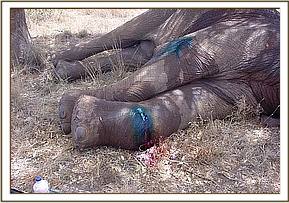

The other case was of a seven year old elephant at Satao area that was reported to be limping heavily and could hardly move. After we immobilised it, we found it had a complete fracture of the right mid hind leg, (involving both the tibia and fibula). The fracture looked fresh and may have occurred the previous night. There was no skin breakage or any signs of trauma externally and the circumstances under which it occurred were difficult to tell. There was no effective medical or surgical intervention that could be given to treat this condition. To stop further suffering, it was humanely put down with 150ml of 20% Pentobarbitone Sodium (Euthatal®) intravenously. The tusks were recovered by KWS rangers.
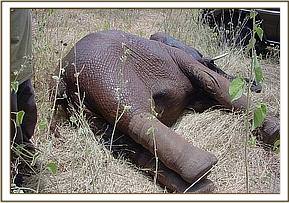

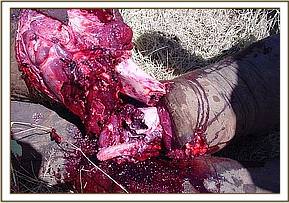

The Amboseli case was also an elephant with a spear wound on the left rump. It was not serious and only involved the skin. The elephant had been sighted a day before the Unit was called. The injury was fresh and infection had not set in. It was cleaned and treated topically with an antibiotic ointment, and a systemic antibiotic cover was given. No further complication is expected.

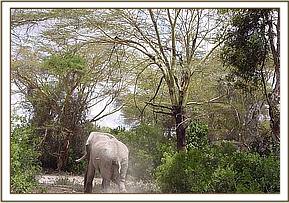
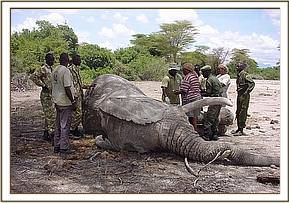
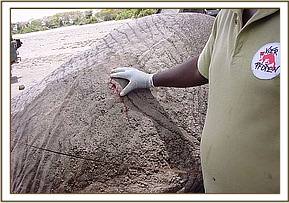
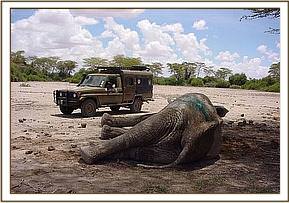

Apart from the above activities, we also joined the Bura de-snaring team in some of their operations as well as patrolled and visited other areas that we cover.